Outdoor Retailer audiences get a sneak preview of a new report from TRCP and onX identifying landlocked state lands across the West
Denver, Colo. — Today, onX and the Theodore Roosevelt Conservation Partnership revealed a snapshot of new data uncovered in their latest collaborative study to calculate the acreage of landlocked state lands across 11 Western states.
In a press briefing at the Outdoor Retailer Summer Market, onX founder Eric Siegfried and TRCP’s director of Western lands Joel Webster announced their preliminary findings on access barriers to trust lands in the state of Colorado, including:
- More than 435,000 acres are landlocked by private land and cannot be reached at all by public roads or through adjacent federally managed public lands.
- Meanwhile, 1.78 million acres of accessible lands are closed to public access by state policy.
- A total of 558,000 acres of accessible trust lands are currently open to hunting and fishing because of collaborative agreements between the State Land Board and Colorado Parks and Wildlife.
There are 2.78 million acres of state trust lands in total across Colorado. All Western states were granted lands by the federal government at statehood, and Colorado is the only state in the Mountain West that does not allow public access to the majority of its trust lands. Webster noted that Colorado’s restrictive access rules are actually a greater hindrance to outdoor recreation on state trust lands than the landlocked land issue, which makes it an outlier among other Western states.
Governor Jared Polis is taking proactive steps to address this challenge. “Colorado is arguably the most beautiful state in America, and I’m committed to expanding the public’s access to our treasured federal and state-owned land,” said Governor Polis. “I’m delighted that Colorado Parks and Wildlife’s Public Access Program for sportsmen and women will be growing by more than 100,000 acres in time for the upcoming 2019 hunting season. We will continue looking at more opportunities to increase access in the near future.”
“We appreciate the collaborative work that has already gone into opening state trust lands to public access in Colorado and believe the state currently has perhaps the single greatest opportunity to expand public access in the West,” said TRCP’s Joel Webster. “Without a doubt, Governor Polis’s commitment to expanding public access should be encouraging to everyone who recreates in the outdoors. Other states have come up with innovative ideas for opening access to trust lands, and they offer a model for how Colorado could continue to tackle this issue.”
The project is building on a 2018 report by onX and the TRCP that found more than 9.52 million acres of federally managed public lands in the West are landlocked and lack legal public access. Those findings are available in a new report, “Off Limits, But Within Reach: Unlocking the West’s Inaccessible Public Lands,” which unpacks the issue in unprecedented detail.
“Our company’s mission is to help people find places they can explore to create a memorable outdoor experience,” says onX founder Eric Siegfried. “State lands can be easily overlooked by the recreating public, and more can be done to make these lands accessible to all. We are looking forward to calculating the full extent of access challenges and highlighting constructive opportunities to open lands to the public.”
The full report will delve deeper into the issue of recreational access across 11 Western states by focusing on landlocked lands at the state level. It will be formally presented to the press and public at the TRCP Western Media Summit on August 19, 2019 in Seattle, Washington.
“We’re excited to partner once again with onX on a collaborative project that wouldn’t be possible without their world-class product and commitment to public access,” concluded Webster.
Learn more about the forthcoming report and sign up to be the first to receive it at unlockingpubliclands.org.

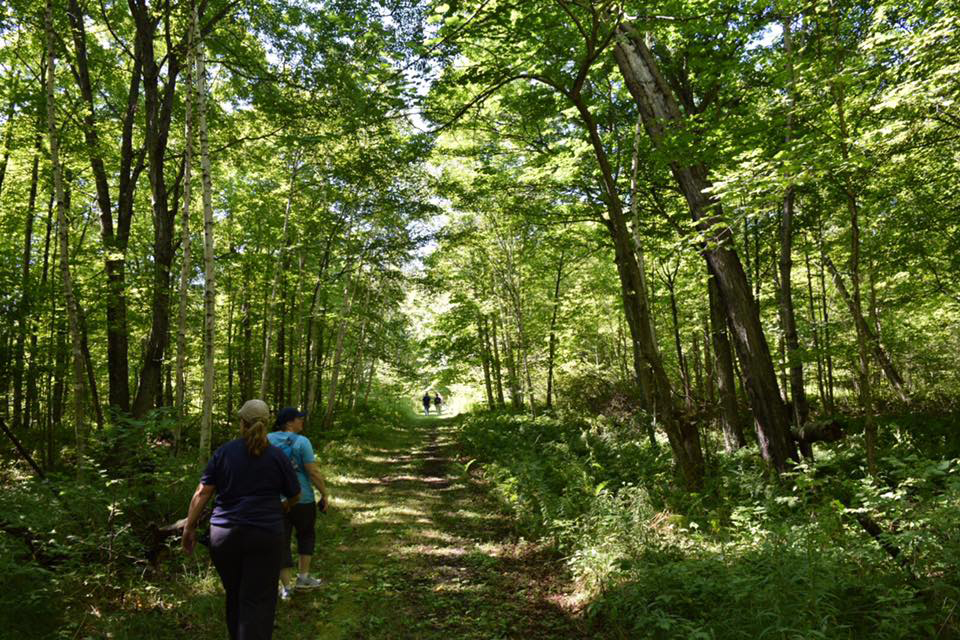
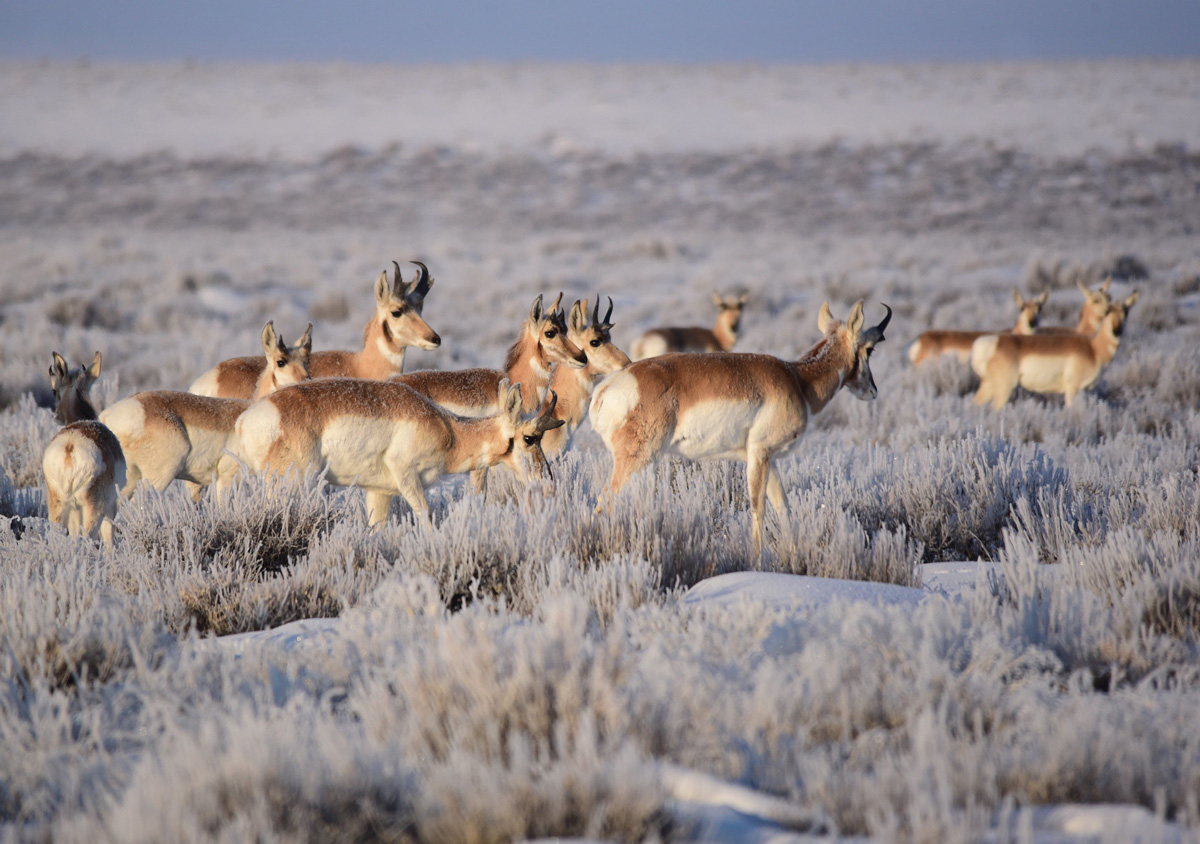
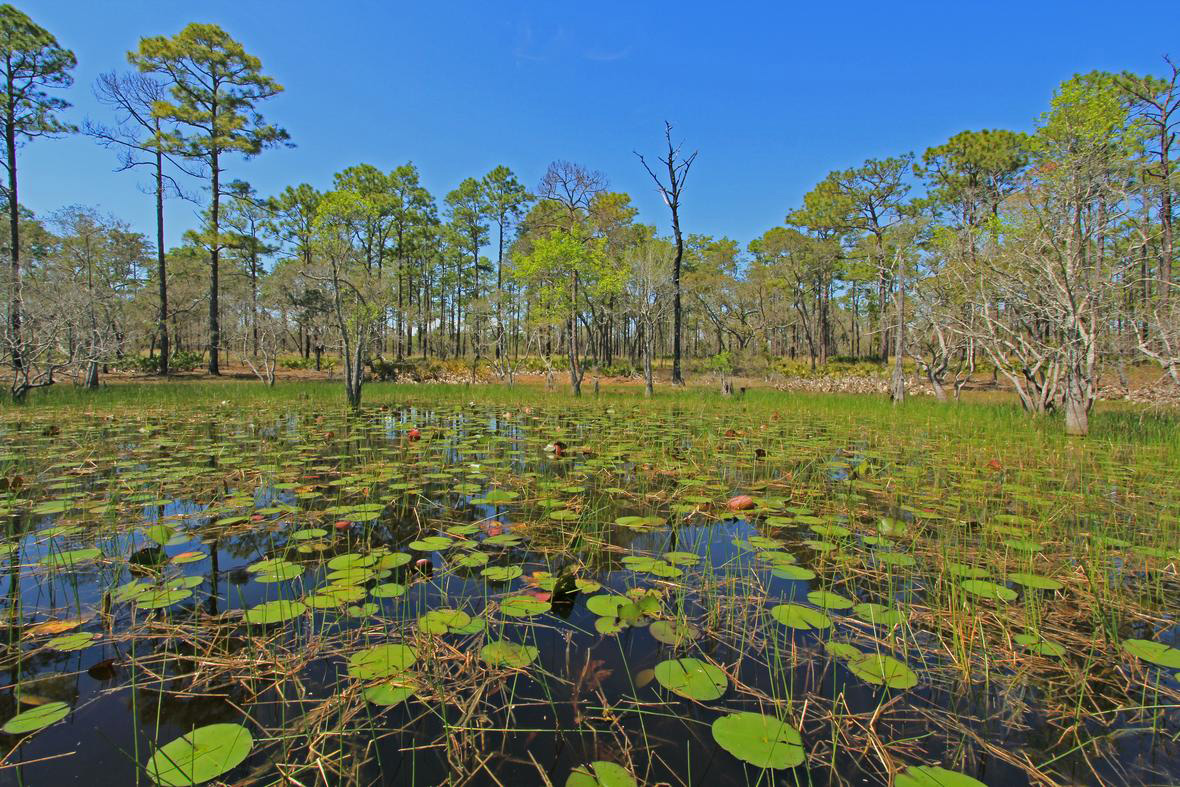
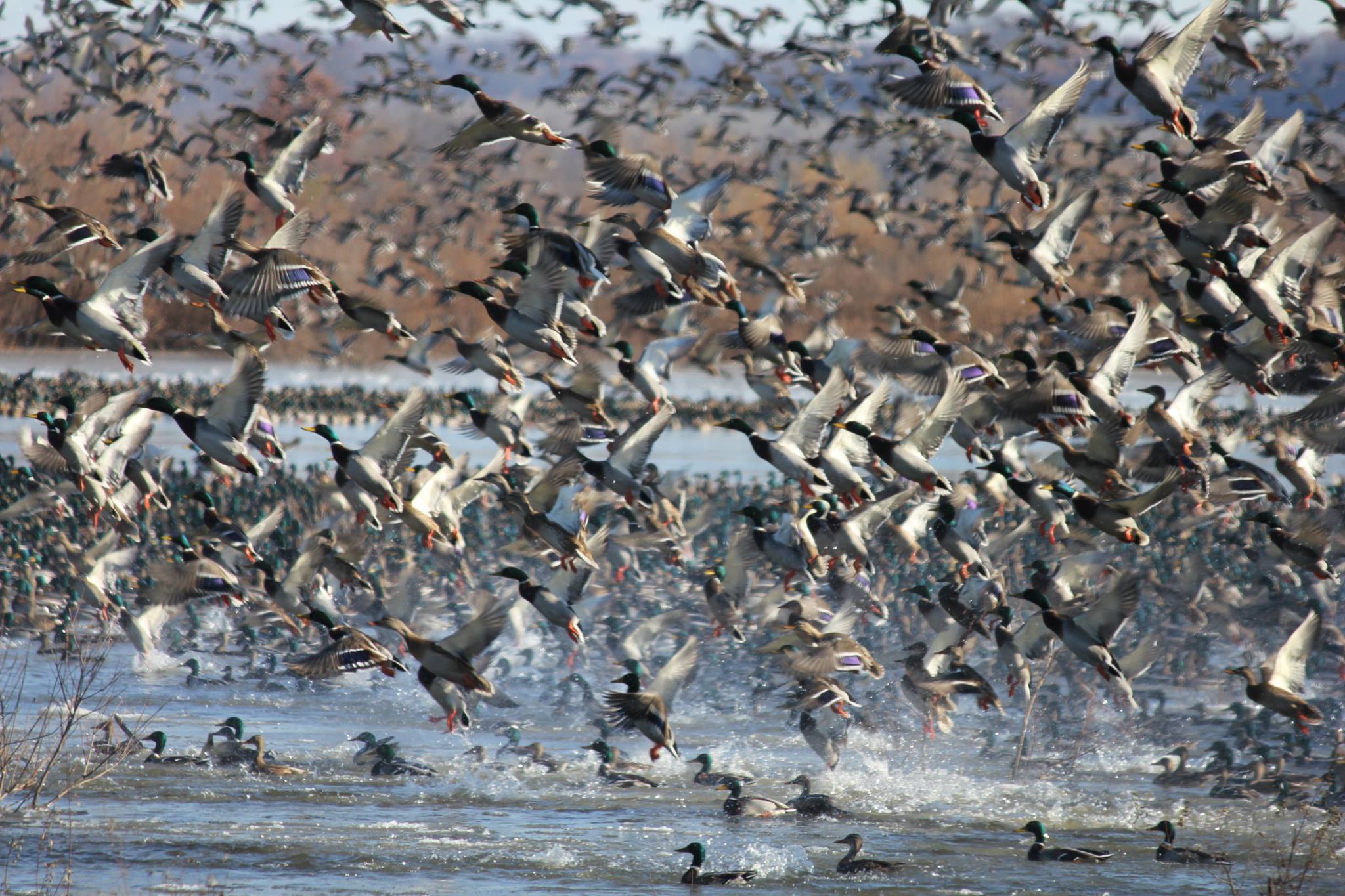
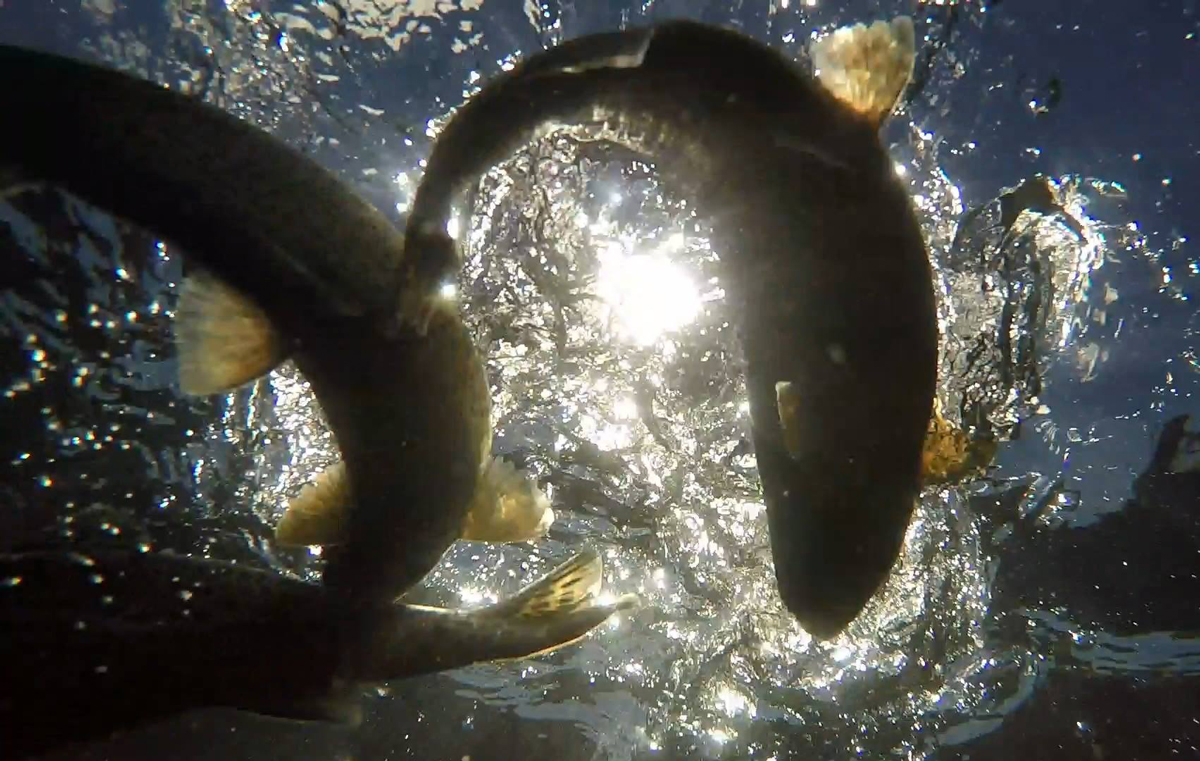
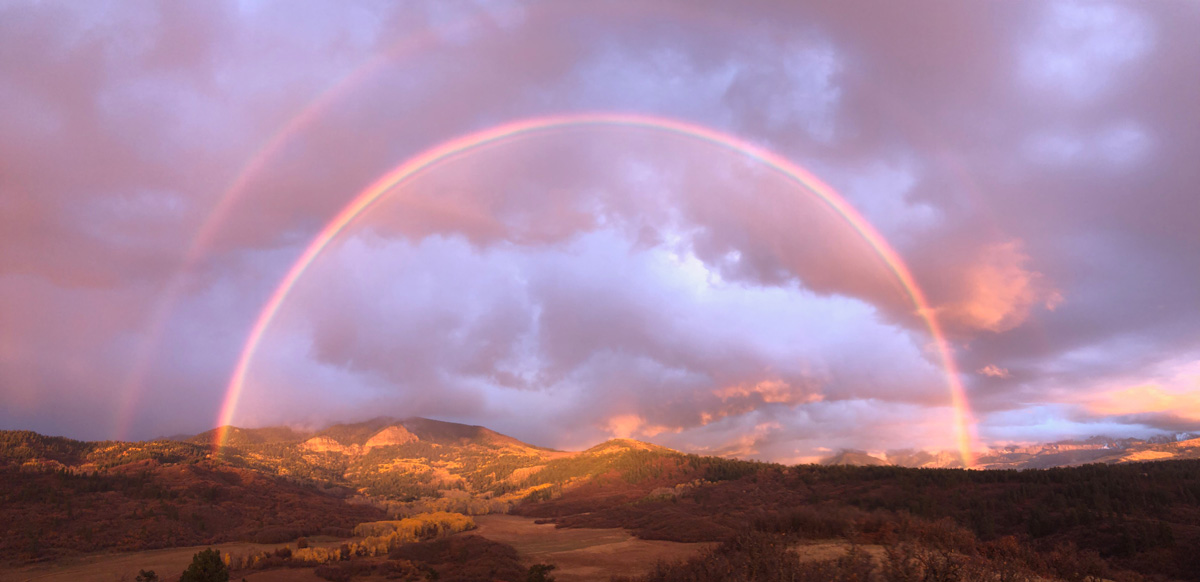
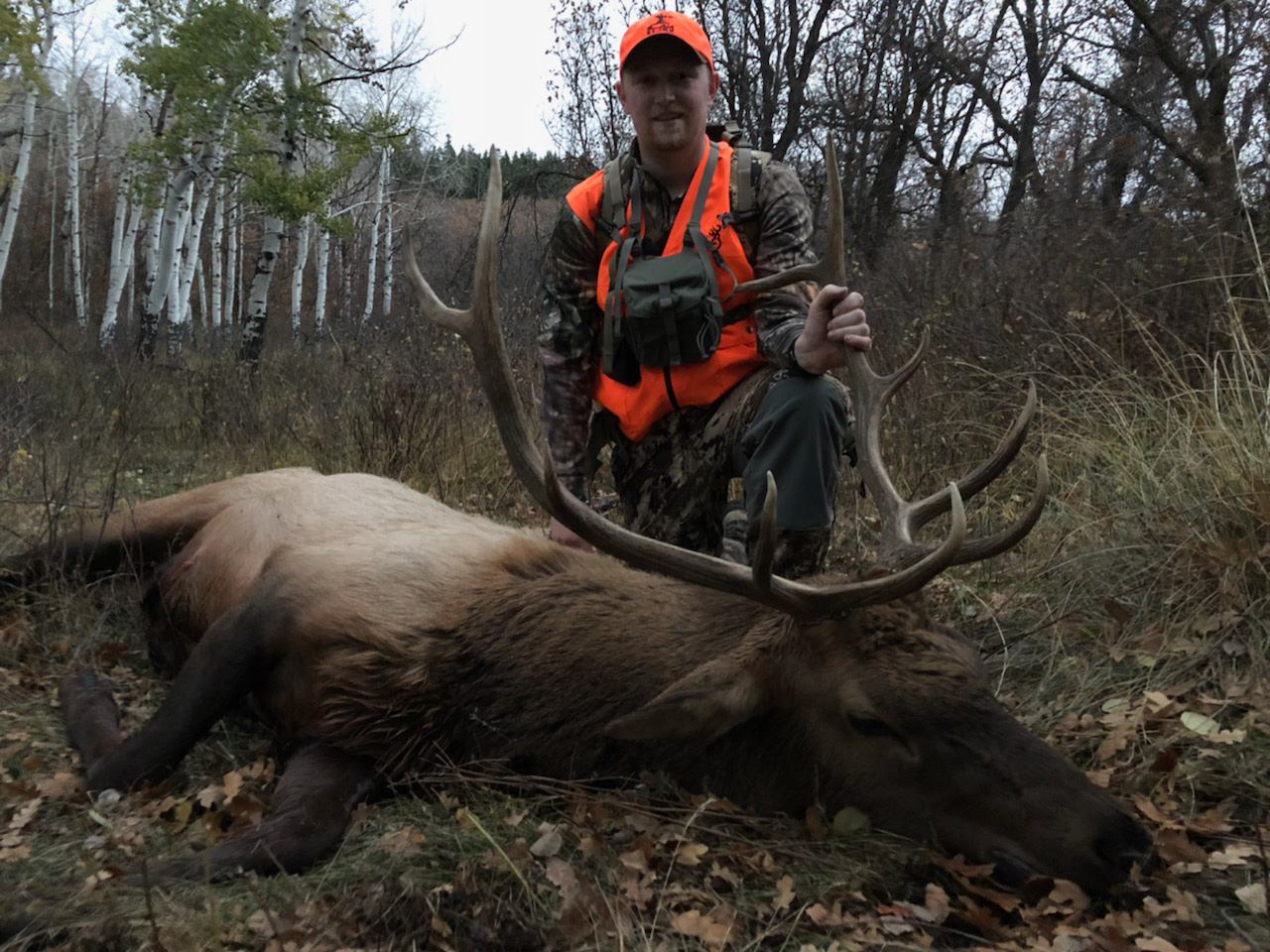
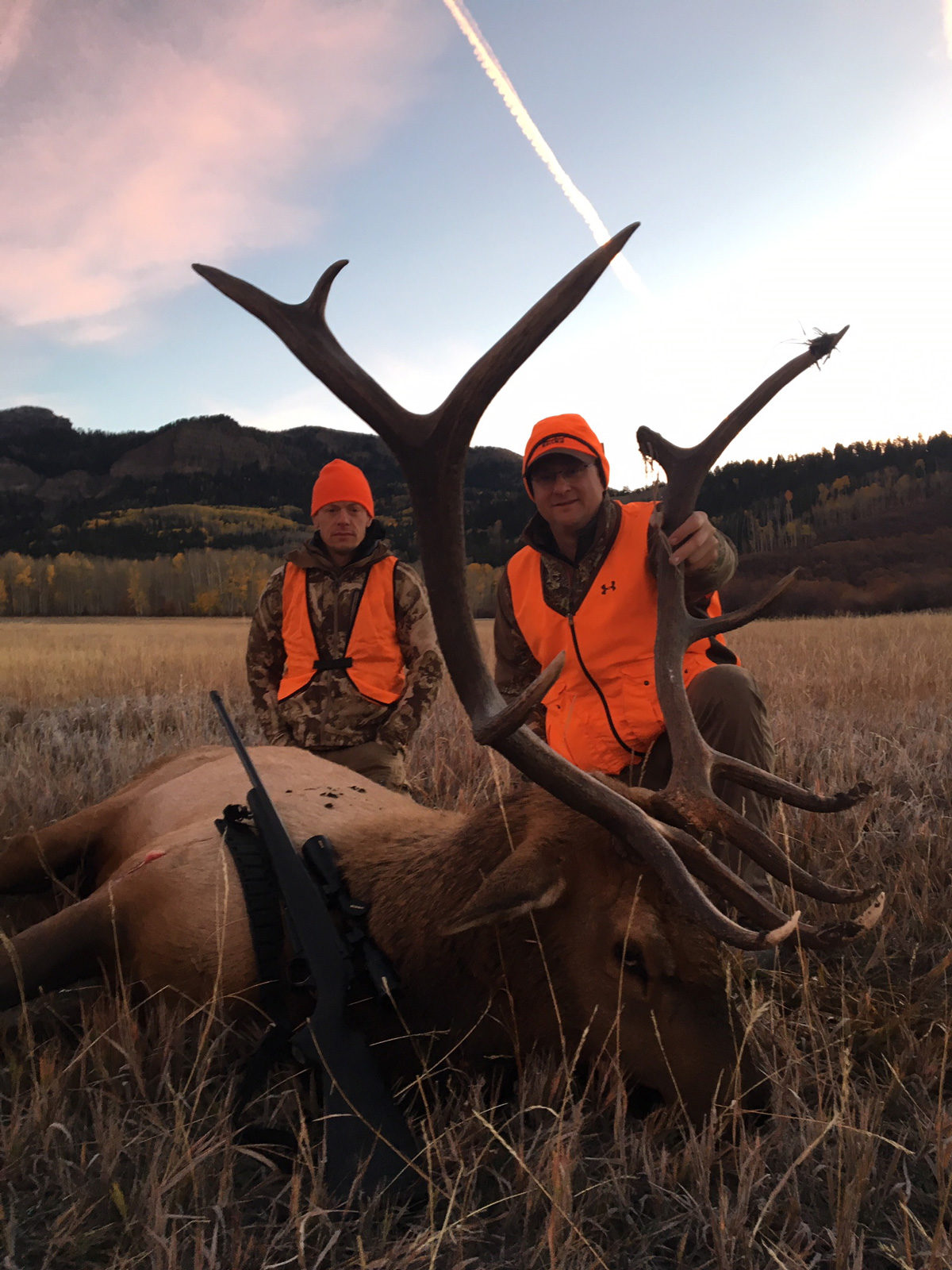
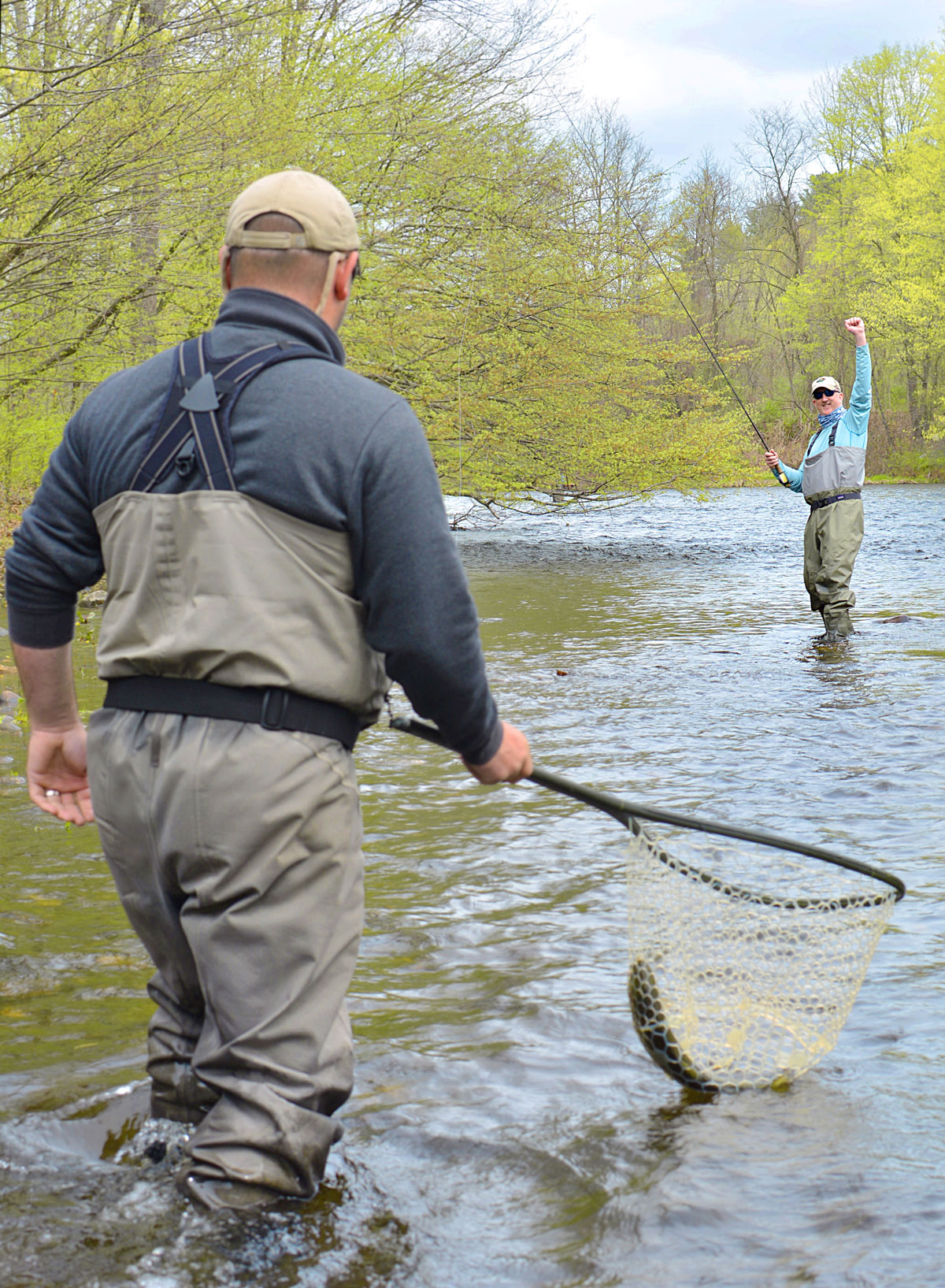
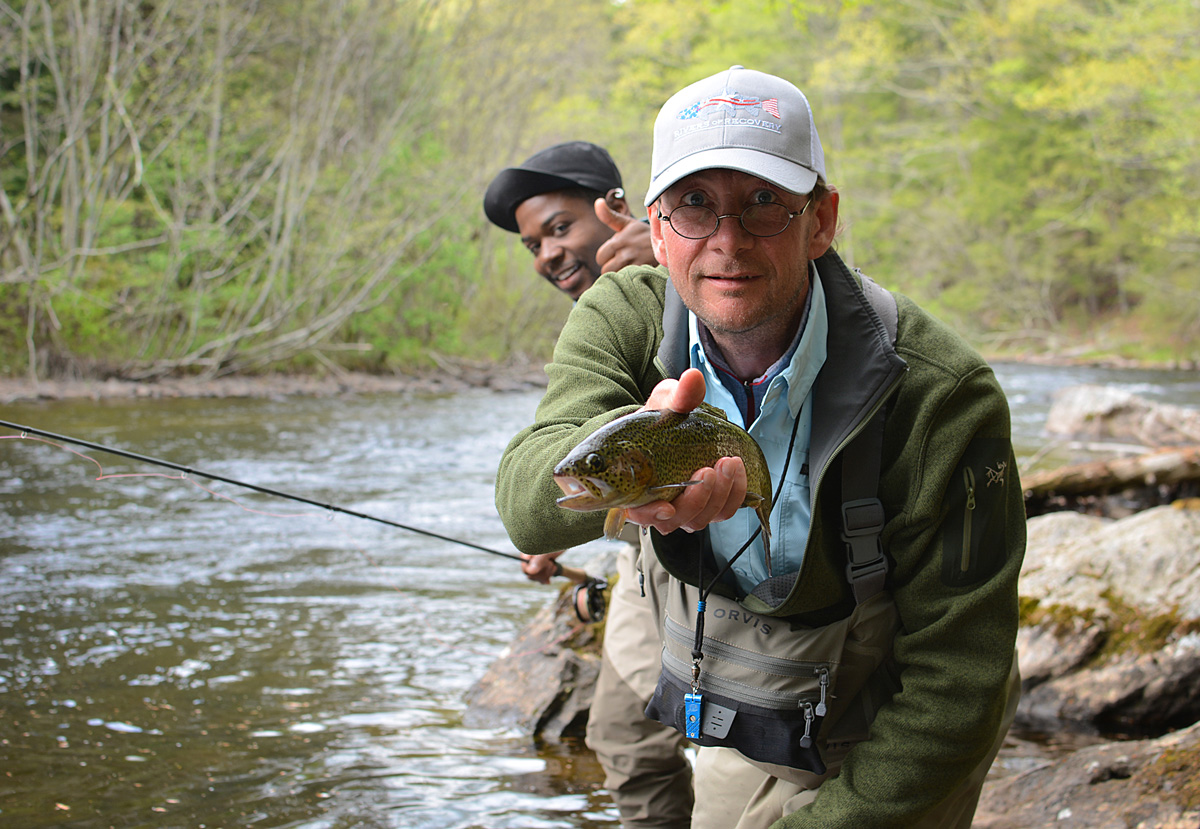
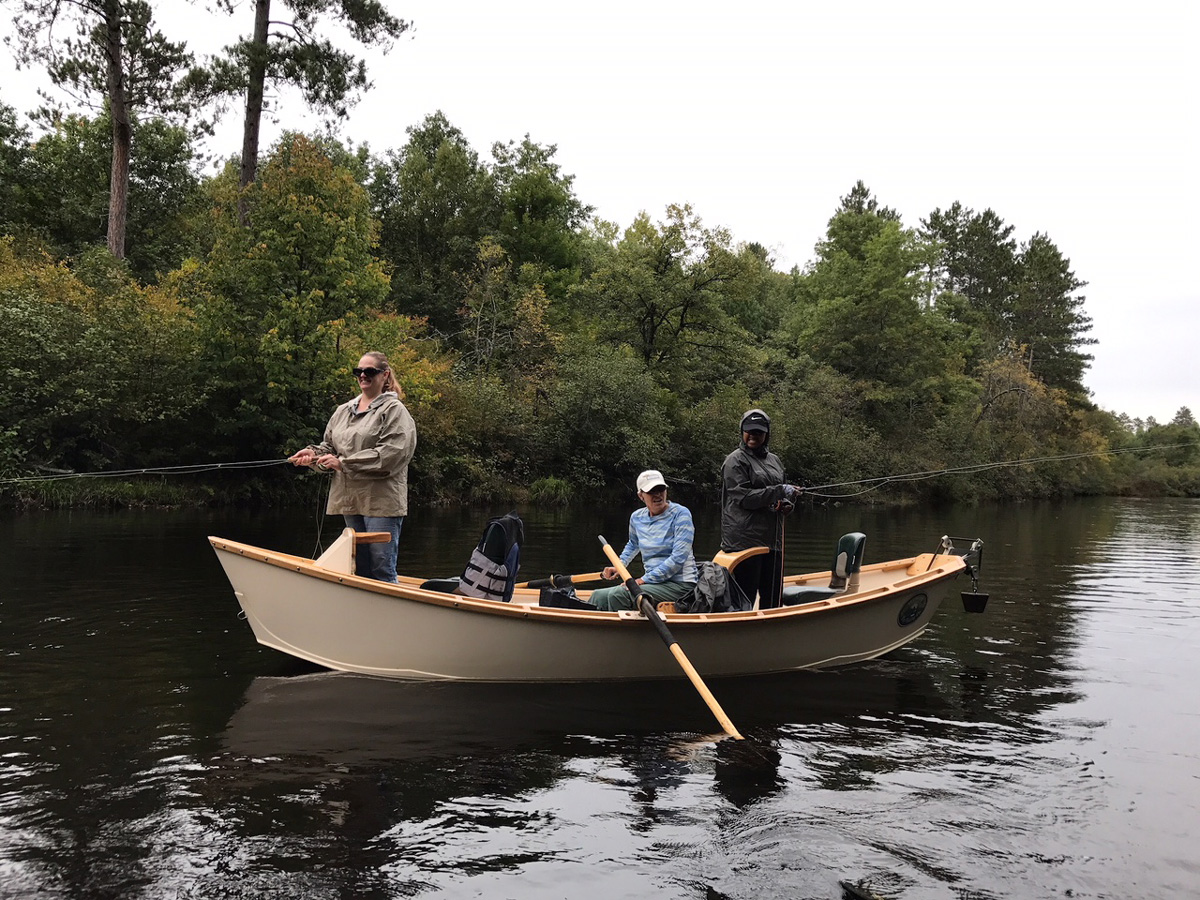
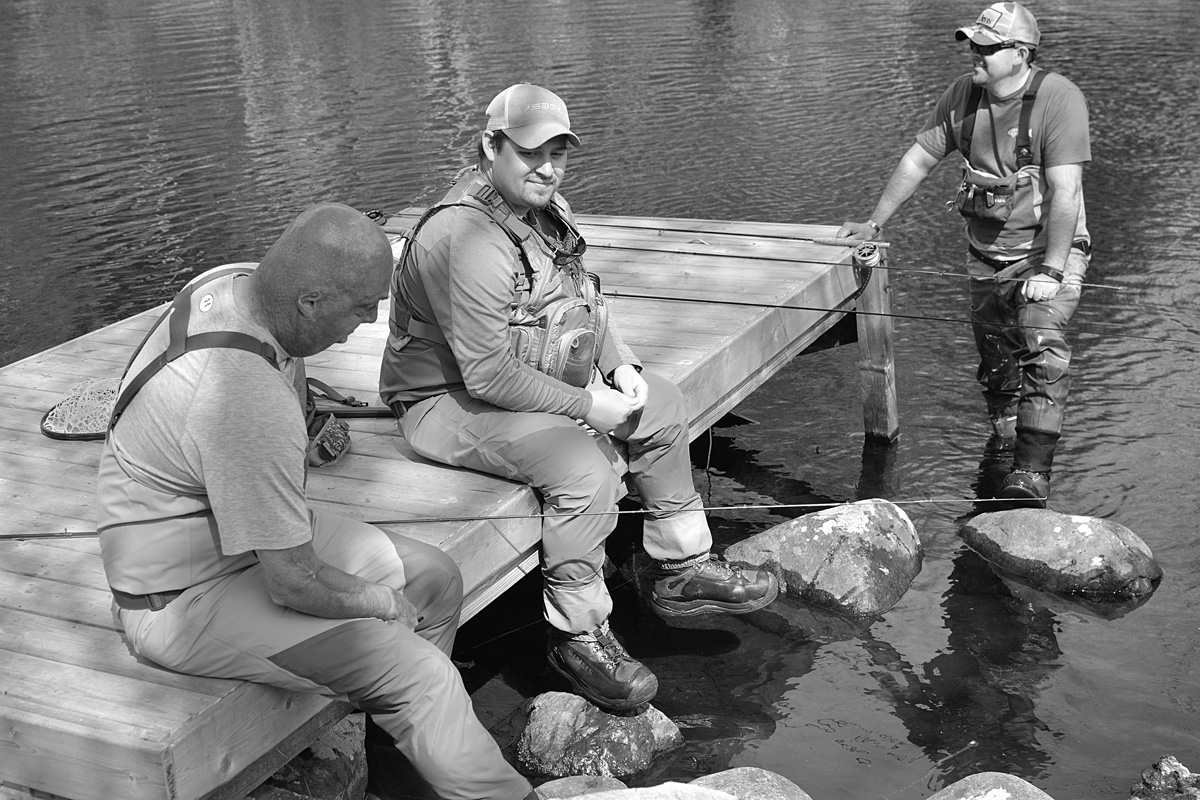
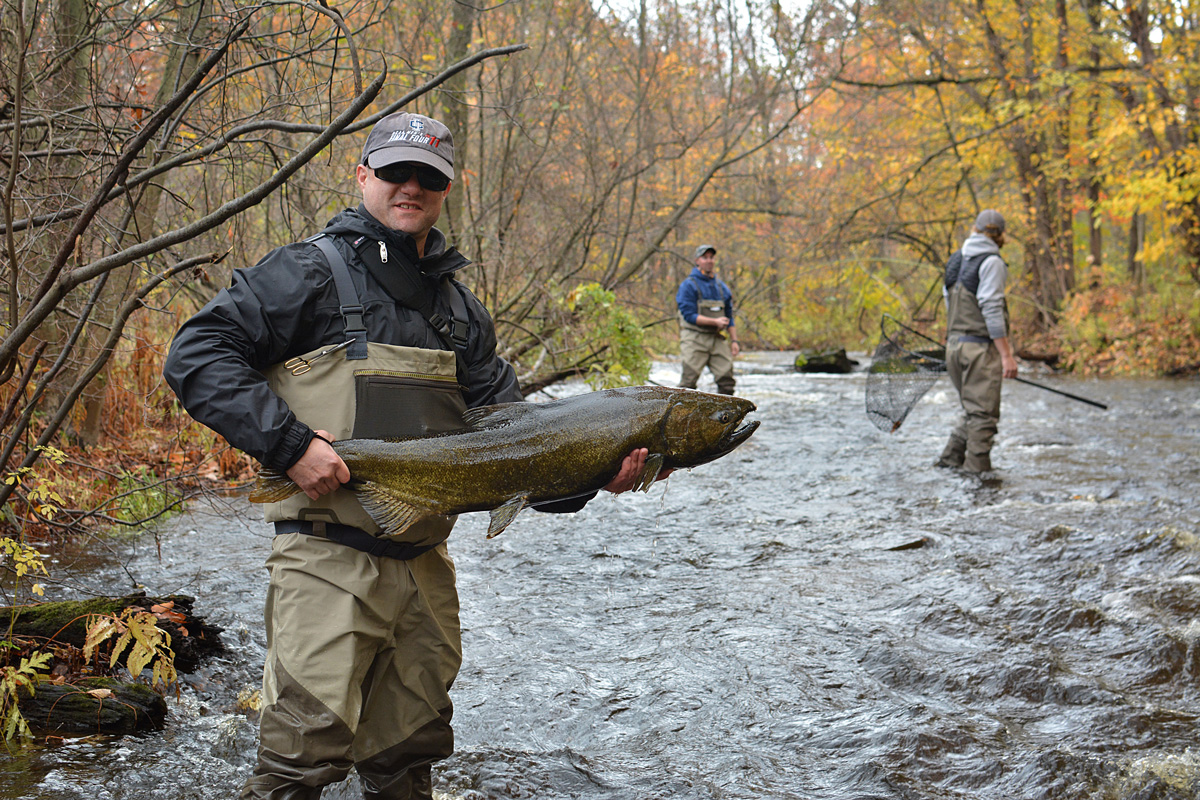




Having land to hunt is a treasure, however, is there not a call for land without human contact? We humans are so good at destroying our precious natural resources. Even hunters who might leave shells, trash, or disturb the local wildlife who for years has enjoyed being “native Americans”. I do hope there will be ways to oversee that the pristine wild lands will not be compromised.
The forest service has closed off much of the land under there control by closing all the old logging roads to to public use. Most are gated to keep us out. Making RV camping available only along the dusty country road through the forest.
How great it would be to have MORE public lands!!!
I don’t understand why we wouldn’t have access to the lands we own and it keeps getting tougher to find spots to all kinds of outdoor recreation
We had a similar issue here in Southern AZ where the Mearns and Scaled quail live. Two cattle ranchers who’s vast property surrounds 300,000-ish acres both closed and locked their gates right before quail season locking hunters out of this unique opportunity to hunt these very special quail species. They both blamed hunters for not closing gates when passing through and letting cattle out. AZFGD offered to install cattle guards at all the gate sites at no cost to them but were refused access. I am sure that some people got special access to this property but those of us without an ‘in’ didn’t get to go on these challenging and great hunts. I have never encountered an unlocked gate nor have I ever left one open. This was down in the Sonoita AZ area.
Although Wyoming has some public access, it too has major issues in accessing many areas because of landowner landlocking! Private ownership is left to use and exploit our lands with no interference from regulators. It gets real old!!!
Strongly support this initiative. Only when the public uses and appreciate natural resources will it be encouraged to defend and protect same.
Any ranch that benefits from free range grazing and water with more than a 25% of such ranch in public land cannot deny the public access. Their gain should not be more and by locking out the true owners are blatant thieves that feed off the the public though political alliance.
I am a sportsman and native to Colorado, I would be happy to pay extra every year to access these landlocked state lands. This money could then be used for Colorado public school funding as originally intended.
Thanks
Bob Coet
It was god, that gave us land & Water🦐🦃🐿🦆🦀🐟⛪🎣 To hunt & fish
While landlocked public lands makes little sense, we have to respect the rights of the landowner. Forcing the landowner to allow access through roadway or easement is a taking. We should arrive for equitable solutions.
It is high time the public started playing hardball on these issues. Public land management agencies and other state and federal entities are supposed to represent the public interest. More and more, private property owners are trying to create their own private playgrounds by strategically procuring properties and then doing everything they can to keep the public off of adjacent public lands.
There is a simple solution. Just institute laws that any public property that is not accessible to the public is, by law, closed to everybody,…no grazing, no wealthy or connected hunters being able to hunt those properties,…in short, if the public can’t get there, nobody goes in. You want to see many of those private landowners change their tune in a heartbeat and come to the table to compromise,…play the same hardball game they are playing with us!
With respect to inaccessible federal public lands, perhaps it’s time for TRCP and other organizations to develop strategies utilizing provisions of Section 205 of the Federal Land Policy and Management Act (FLPMA), which grants the federal government (BLM and Forest Service) the power of eminent domain to acquire access to federal public lands blocked by private property owners: “…with respect to the public lands, the Secretary may exercise the power of eminent domain only if necessary to secure access to public lands, and then only if the lands so acquired are confined to as narrow a corridor as is necessary to serve such purpose.” This authority, granted by Congress in 1976, has rarely, if ever, been utilized by the federal agencies to deal with this problem.
I’ve been working on this issue in Washington state where large timber companies are charging for access to their forestland and blocking public land in the process. I have discovered many ways that these “landlocked” parcels may be accessed, including forgotten or ignored easements, historic routes, and old mining roads (RS 2477 roads and trails). All of these avenues could be used for access, if pursued. As previously mentioned, rarely used laws for acquiring rights-of-way exist at the state and federal level. How about a federal law that corner crossing is legal by both the private landowner and federal/public landowner, and the compensation is an easement exchange.
Sportsman, I’ll agree that access to public lands is of paramount importance but we must assume certain responsibilities. Seek out land owners and request access, this may take more than one visit. Close all gates, pick up refuse left by others, respect their property including game animals and livestock. If you’re successful leave a gift of meat, processed is better. Volunteer to do some work. I can tell you from experience as a private land owner that the vast majority of people that bother to ask never volunteer any help.
I most certainly agree with your statement, but we are talking about a different situation here than accessing private lands and how to get in good graces with private landowners. We are talking about private landowners intentionally locking up legal, public access routes to public lands. This is happening with increasing frequency across the west as more landowners realize that public agencies (that are supposed to represent the public interest) are not stopping it. It will only continue to get worse until those agencies step up to the plate and establish (and enforce) public-lands access laws that protect the public interest. Until that happens the problem will continue to escalate to the boiling point,…and when it reaches that point, I fear that things are going to get really ugly. You can only back the (public) dog into the corner so far until he is going to bite you!
The public needs to consider that State Trust Lands are exactly that, Trust Lands. That means they are held in trust for the benefit of the designated beneficiaries, most often K-12 public schools. As such, they do not belong to the public, they belong to the beneficiaries. Specifically in Colorado, if a person wants to access State Trust Lands that person must have a lease or permit, which provides revenue to the beneficiary, or that person is in trespass. Most of the State Trust Lands in Colorado are leased for livestock grazing at a rate comparable to private lease rates. Those rates are significantly higher than the grazing rates on federal lands. As stated, the Public Access Program in Colorado has, through a lease agreement with Colorado Parks and Wildlife, opened over 500,000 acres, with public access, for wildlife related recreational use by the public. There are specific management plans for each parcel and very few are open year round. There are also many parcels of State Trust Land in Colorado that are under private recreation leases at higher rental rates than the Public Access Program lease provides. These revenues provide benefit to the beneficiaries. In addition to the direct payments to public schools, through additions to the General Fund, these funds also provide much of the basis for the BEST Program that provides funding to rural schools to improve or replace school buildings that would otherwise be, in some cases, uninhabitable for students. In my opinion, it would be a travesty to take action that would reduce or impact the revenue the Colorado State Land Board receives through the good management of these State Trust Lands. It is truly a pay to play situation. If reasonable exchanges with private landowners can be completed to secure public access that would then create a better opportunity to generate revenue that would be a good thing. However, the Colorado State Land Board would have to be willing to make those exchanges at a reasonable rate in order for it to be a workable situation for the landowners. I doubt it any member of the public would really want to do an exchange that required a loss of up to 200% in value. There are also may exchanges that could be completed in Colorado between private landowners and the federal agencies, BLM and US Forest Service that would provide access to landlocked federal lands. If the process for completing these exchanges could be streamlined and there was staff resources available many of these would be much more beneficial to the public than working on obtaining access to the State Trust Lands that usually are 640 acre parcels. If funding is available, perhaps making that accessible for private landowners willing to do exchanges with the federal government to cover the cost of those exchanges would be a much better benefit to the public than trying to secure access to State Trust Lands.